Choose Your Store
Choose a Store
Request an Appointment
Shop By: {{ type | titlecase }}
Year Year
Make Make
Model Model
Option Option
Season Season
Shop By: {{ type | titlecase }}
Section SelectAspect SelectRim Select
Season Season
Shop By: {{ type | titlecase }}
Tire Class Tire Class
Section SelectAspect SelectRim Select
Season Season
{{alert.message}}
When we repair a flat tire, we follow the Rubber Manufacturers Association guidelines. These guidelines are designed to make the tire as good as new and safe to put back into service. Your safety on the road is important to us!
Excerpt below from U.S. Tire Manufacturers Association
Dunn Tire's flat repair process includes the following:

Remember, when you purchase your tires from Dunn Tire, the Out-The-Door Installation package includes FREE Lifetime Flat Repairs.
Plus, if you get a flat within 12 months or 12,000 miles of buying your tires from Dunn Tire and you need roadside assistance, just call the Warranty Hotline number and assistance will be dispatched to mount your spare tire for you, at no charge.
Even if you're not a Dunn Tire customer, we can still repair your tire and get you back on the road. For a safe and tire repair done by a trained technician you can trust your local Dunn Tire store.
For the best possible service
please choose your store:
OR… enter your zip/postal
code, city, or address:
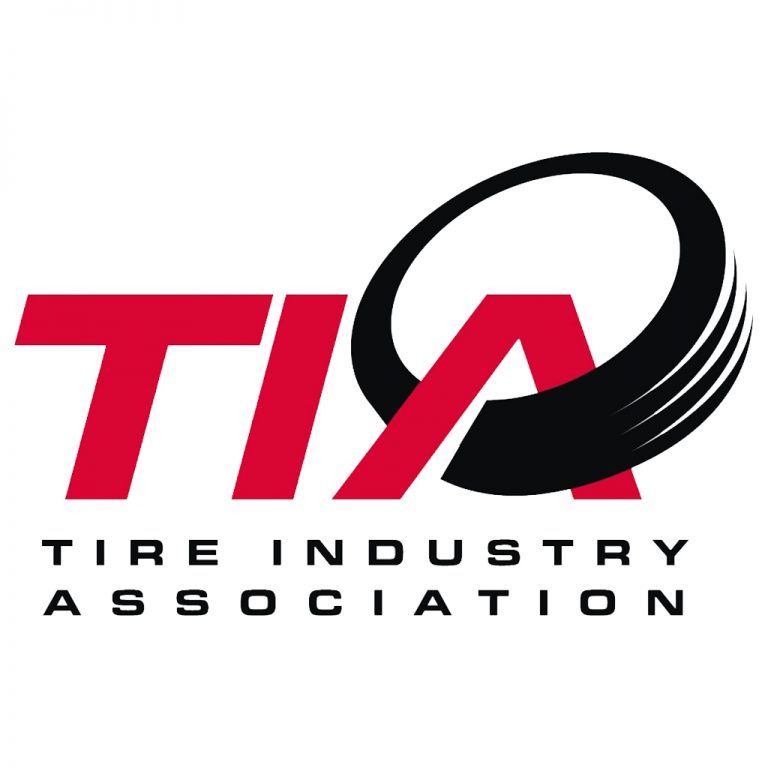 address1 }}
address1 }}Run-flat tire repair procedures recommended by the U.S. Tire Manufacturers Association (USTMA) are the same for both run-flat and non-run-flat tires.
Photo courtesy of Goodyear Tire and Rubber Co.
What should a fleet professional know when utilizing assets with run-flat tire versus a non-run-flat tire? According to mounting and balancing equipment manufacturers and tire manufacturers the consensus is a run-flat’s unique construction makes them more difficult to mount and demount.
However, there is no consensus on whether or not run-flat tires can be repaired. Tire manufacturers often defer to the vehicle manufacturer’s replacement tire restrictions and recommendations.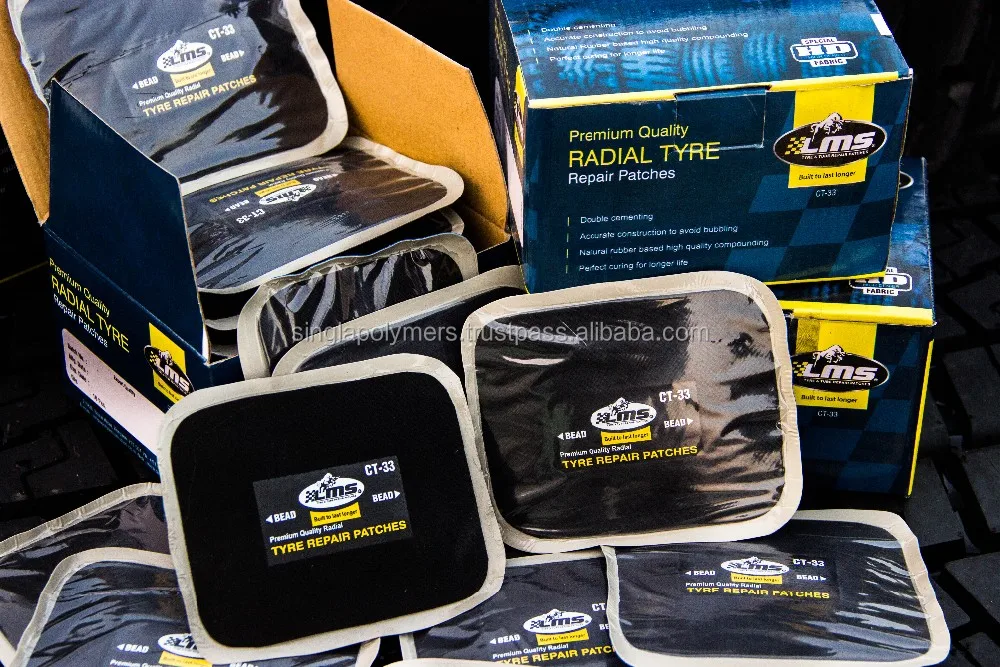
Michelin North America Inc., for example, allows its run-flat tires (Zero Pressure) to be repaired under certain guidelines. However, repairing the original equipment run-flat tires on a BMW isn’t an option, per its owner’s manual.
Run-flat tire repair procedures recommended by the U.S. Tire Manufacturers Association (USTMA) are the same for both run-flat and non-run-flat tires. USTMA does preface that by advising vehicle owners to consult the tire manufacturer for its repair policy and, if applicable, recommended repair procedures.
When asked if there are any instances where a run-flat tire can be repaired, a Pirelli Tire LLC spokesperson said no, a run-flat should never be repaired.
According to Pirelli’s Run-Flat Hazzard Policy, “damaged run-flat tires or run-flat tires that have experienced a loss of pressure should immediately be replaced with another run flat tire of identical size and service description (load index and speed symbol). ”
”
A technical services bulletin from Yokohama Tire Corp. makes it clear Yokohama ZPS run-flat tires are not to be repaired following a puncture “or other tire disablement.”
“ZPS run-flat tires are covered by the Yokohama standard limited warranty that provides for tire replacement under specified conditions,” the bulletin reads. “Your ZPS tire will be replaced on a prorated basis based on remaining tread depth when the tire has been damaged due to a tread area puncture within the repairable area and limits defined by (USTMA).”
Continental Tire the Americas LLC does not recommend any repair to Continental SSR (Self Supporting Runflat) tires. The company’s explanation is as follows: “Even a trained tire specialist may be unable to recognize internal structural damage to a Self Supporting Runflat (SSR) tire resulting from having been driven in an under inflated or zero pressure condition. Such damage may not be visible on the surface of the inner liner or sidewall, making it impossible to determine the tire suitability for repair.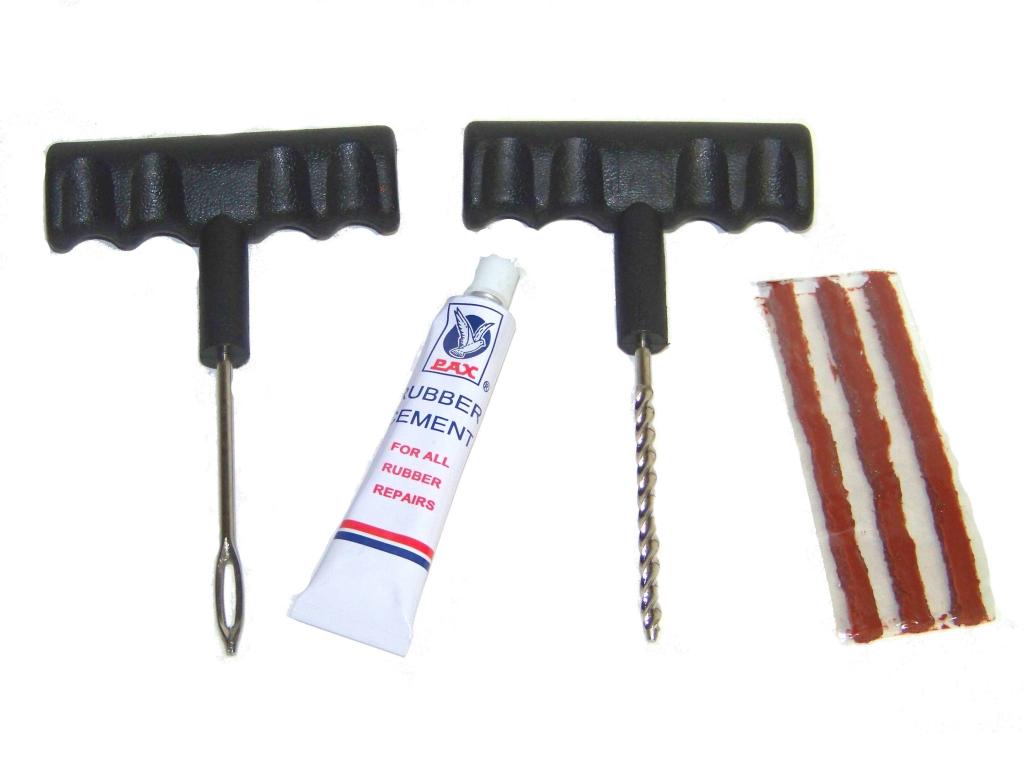 Continental does not recommend any repair to Continental SSR tires. Note: Continental advises if a tire is returned under complaint and reason for the product’s disablement is in any way associated with a repair or the reason for repair, the manufacturer’s warranty is invalidated.”
Continental does not recommend any repair to Continental SSR tires. Note: Continental advises if a tire is returned under complaint and reason for the product’s disablement is in any way associated with a repair or the reason for repair, the manufacturer’s warranty is invalidated.”
“Repairs of run-flats are a major concern,” says Chris Davis, Continental’s technical product service manager. “Always refer to the tire manufacturer’s recommendations on repairs as it can vary by manufacturer. Some allow a repair, some don’t and some allow multiple repairs, noting that each repair lowers the speed rating of the tire. Consider your dealership’s liability as the ‘tire expert’ agreeing the tire is not damaged, should you repair the tire without knowing damage between the layers.
“Run-flat tires, by design, have a very thick, stiff compound in the sidewall,” he said. It is typically not the same material that you can visualize on the inside or outside of the tire. If there is a separation between those layers, the dealer and the customer may not know about the condition until the tire has a second incident of low pressure causing the run flat tire not to work as designed, leaving the customer stranded on the highway or worse, having a rapid air loss and instability of control.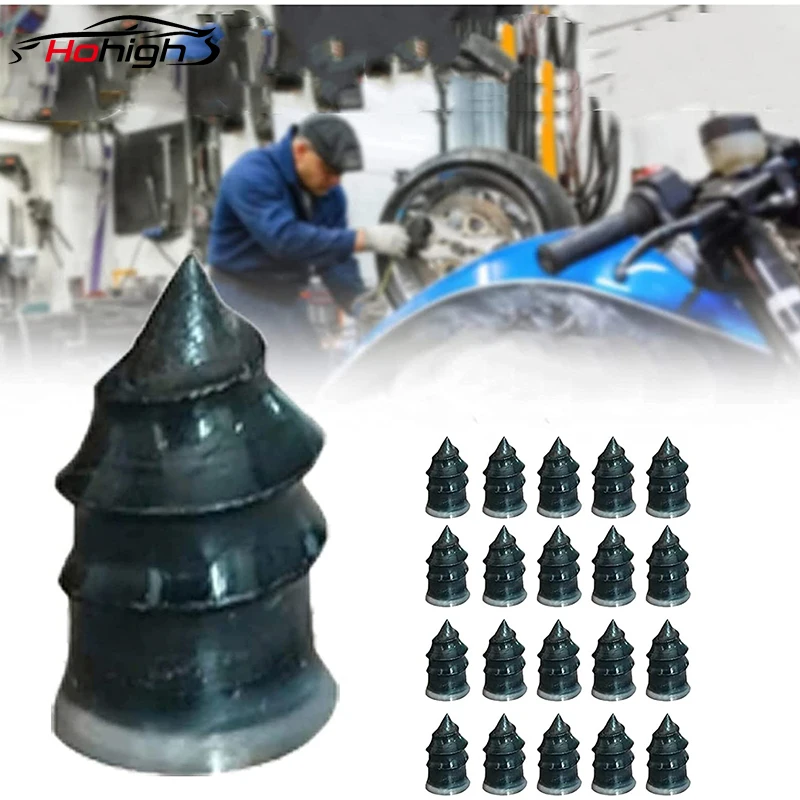
“Use your best judgment based on the tire manufacturer’s suggestions (and) customer safety, and if in doubt, contact the tire manufacturer’s customer service for recommendations,” he added.
Bridgestone Americas Inc. has a different view.
“Under certain circumstances, run-flat tires can be repairable,” said Robert Saul, director of consumer product strategy for Bridgestone Americas Tire Operations LLC.
There is no consensus whether run-flat tires can be repaired. Tire manufacturers often defer to the OEM's replacement tire recommendations.
“Guidelines vary by vehicle manufacturer, so it’s important for dealers to always abide by the vehicle manufacturer’s recommendations. Many tire manufacturers also will publish their repair and service guidelines in the form of technical bulletins, so dealers can check to see if the manufacturer of the tire they are servicing has a technical bulletin that they can refer to as well.
“In certain instances, a run-flat tire can be repaired, provided it meets specific guidelines,” said Saul.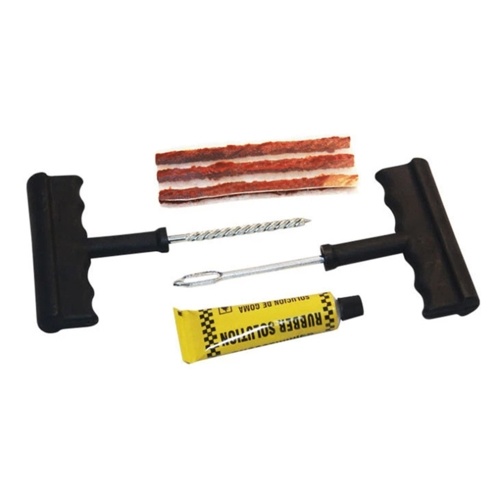 “These guidelines are contingent upon how far the run-flat tire was driven at low inflation conditions, the amount of air loss experienced and the overall condition of the tire. A run-flat tire that has experienced a puncture or loss of pressure must be thoroughly inspected for any resulting damage to determine if it can be put back in service.”
“These guidelines are contingent upon how far the run-flat tire was driven at low inflation conditions, the amount of air loss experienced and the overall condition of the tire. A run-flat tire that has experienced a puncture or loss of pressure must be thoroughly inspected for any resulting damage to determine if it can be put back in service.”
Juan Britos, senior technical services specialist for Hankook Tire America Corp., says Hankook’s run-flat models “can be repaired in the same manner as our standard versions. We design our tires to be repaired as simply as possible."
Pete Liebetreu, vice president of marketing for Hunter Engineering Co., said run-flat tires from European and Asian OEM manufacturers are very often mounted to a special wheel with an Eh3 (for “extended hump”) bead seat. Nokian “Flat Run” tires are one of many examples.
“We see these wheels every day in the U.S. on BMW, Lexus, Mercedes, Infinity, Toyota, Audi and other vehicles,” he said.
“The Eh3 wheel actually creates much of the difficulty in servicing these wheels, more than tire stiffness does. Eh3 means the wheel has an extended safety hump, which helps the deflated run-flat stay on the wheel properly in the event of a puncture,” he added.
“For the tire changer though, that extended hump makes it even harder to service. That’s because the already stiff tire needs to be pushed even further down to be in the drop center for demounting or mounting. Many technicians miss this and end up struggling with the tire that they could easily service if they pressed a little more on the key points with one of the press arms I mentioned earlier.”
A spokesperson from Bridgestone Americas Inc. said Eh3 (and Eh3+) wheels provide bead retention characteristics desired by car companies; in many cases they help extend run-flat operating distances, particularly at reduced loads.
“While Eh3/Eh3+ wheels are considered components of an extended mobility system, they are not explicitly restricted from use without other system components.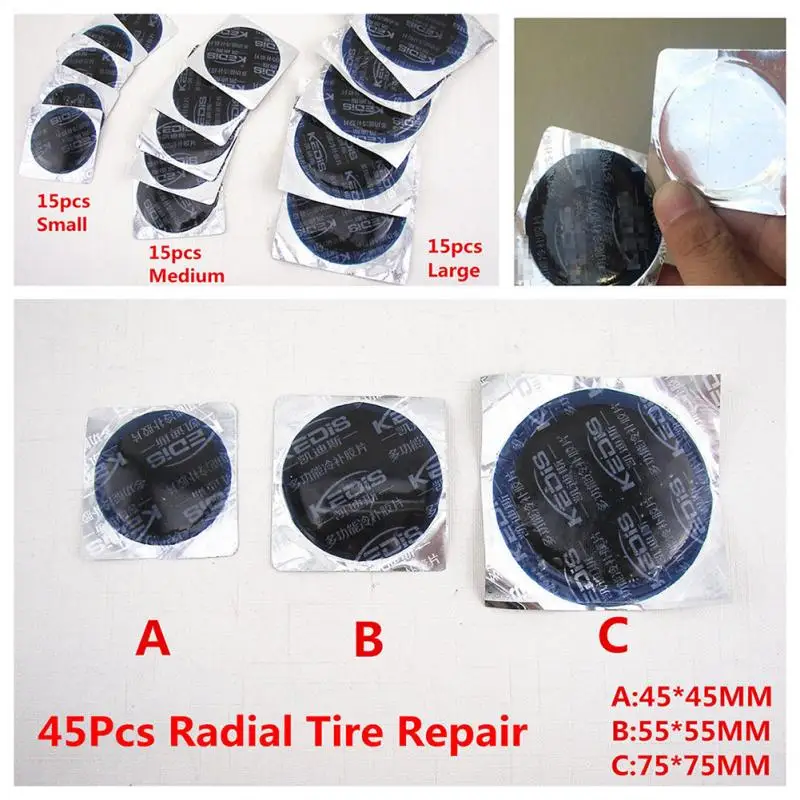 In other words, Eh3/Eh3+ wheels may be able to be used with conventional tires or with conventional valves (without TPMS sensors).”
In other words, Eh3/Eh3+ wheels may be able to be used with conventional tires or with conventional valves (without TPMS sensors).”
According to Bridgestone’s warranty manual, Bridgestone and Firestone RFT tires should never be replaced or mixed with conventional tires unless on an emergency or temporary basis.
This feature orginially appeared in Modern Tire Dealer, a Bobit publication.
Skip to content
Participation Benefits
EcoTireUnion is a non-profit organization that unites tire manufacturers and importers. It was established in 2017 to ensure that members of the Association comply with tire recycling standards as part of the extended producer responsibility in accordance with the requirements of the federal law "On production and consumption waste", as well as to represent and protect common interests and create a favorable environmental environment in the Russian Federation.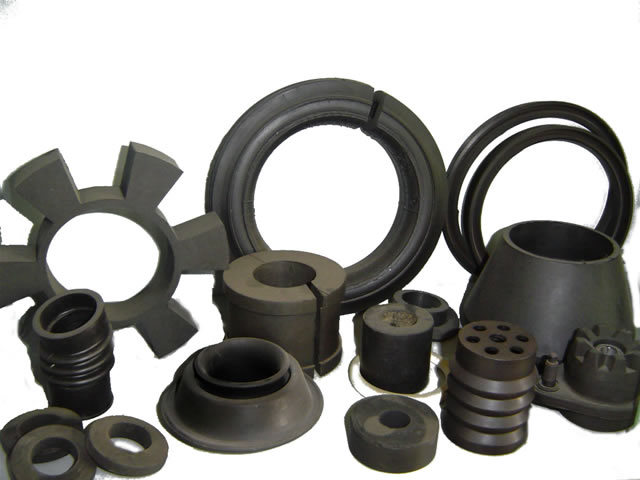
successful operation
operating activities
recycled tires
successful operation
operating activities
recycled tires
appeared with the assistance of EcoTireUnion
used tires organized
covered by employees for inspections of disposal companies
appeared with the assistance of the eco-rosyuz
of worn tires,
were overcome by Eco-Rosyuza employees-for checks of utility companies
formation, development and support of a system for collecting and recycling used tires of all types and categories throughout the Russian Federation.
The main objectives of the Association in the Russian Federation
Stimulate the development of a tire recycling system throughout the Russian Federation, including through:
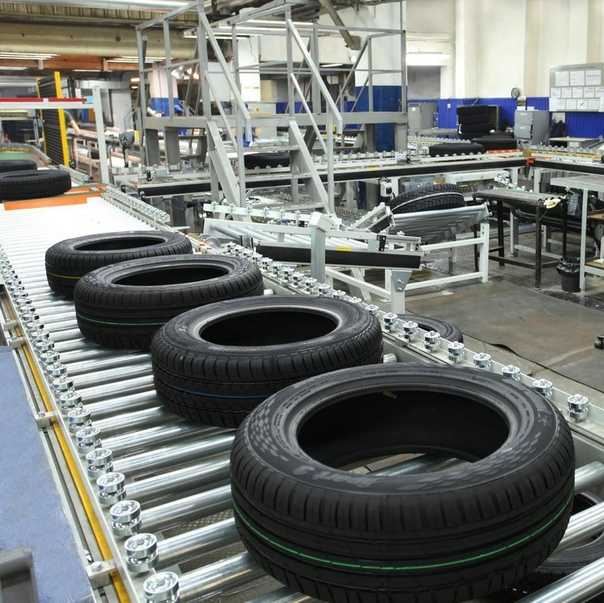
Stimulate the development of existing honest recycling enterprises by concluding contracts for the disposal of volumes of used tires, creating a constantly growing solvent demand for their services in accordance with applicable law.
Contribute to the development of new promising areas in the used tire recycling segment. Including the processing of large-sized waste tires in the regions of their intensive formation.
Create and develop an efficient waste tire management system, structuring the market.
Contribute to the creation of a transparent collection, transportation and disposal system by organizing a careful selection of recycling companies for the implementation of the EPR of the members of the Union.
Main tasks
Dissemination of knowledge about the mission and goals of the EcoTire Union, clarification of the mechanism of work of the Extended Responsibility of producers and importers to market participants.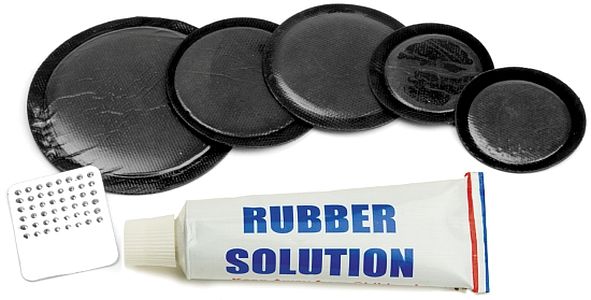
Spreading knowledge about the benefits of recycling, informing the public about its environmental aspects.
Stimulation of the organization and improvement of the process of collecting and transporting used tires by licensed market participants.
Working with local authorities to support and encourage recycling companies, including:
Promoting greater awareness of all parties involved about the existence of each other:
in order to further develop its market relations in this segment .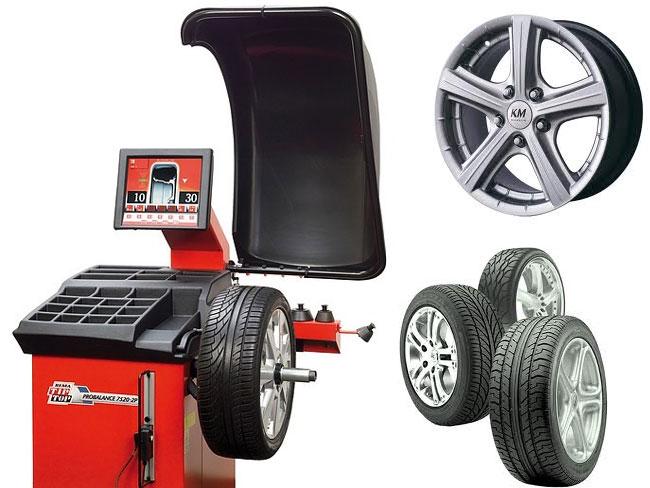
Association of the World's Leading Tire Manufacturers
Single body for the representation of the tire industry in Russia
The largest eco-project for the collection and recycling of used tires
Disposal Compliance Guarantor
Guarantor of high-quality administration of all processes and procedures ROP
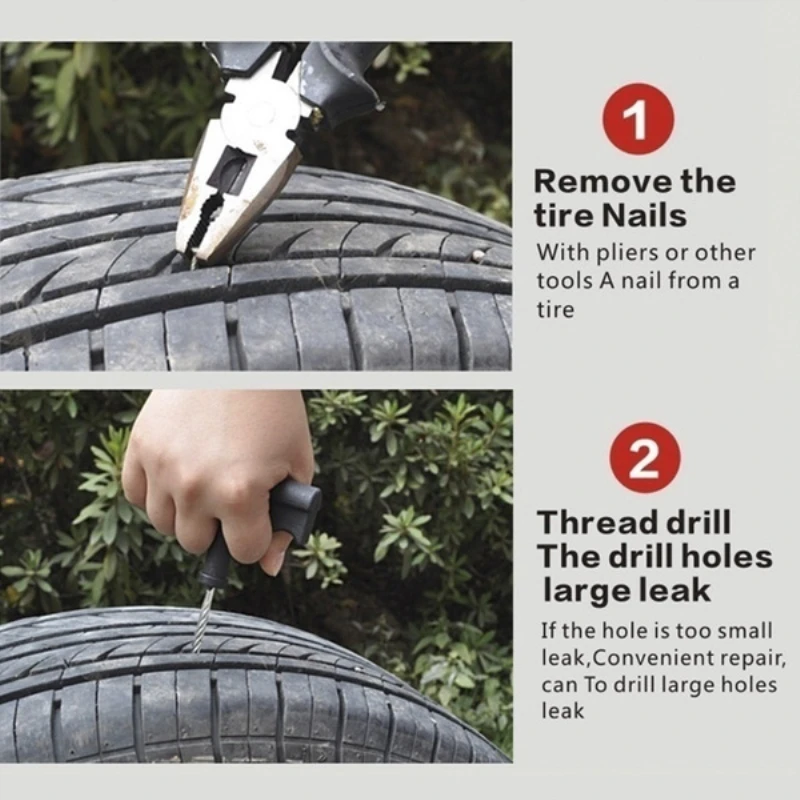 on recycling, regardless of the number of selected processors
on recycling, regardless of the number of selected processors
EcoTireSoyuz builds long-term relationships with recyclers who passed competitive selection. With each partner, a development plan is formed, bottlenecks are identified and optimal ways to overcome them are found.
Together we are increasing recycling capacity, improving plant infrastructure and increasing tire collection. All year round EcoTireSoyuz provides operational, legal and informational support to recycling partners. Each processor has developed and grown in one or more directions during the cooperation with EcoTireUnion.
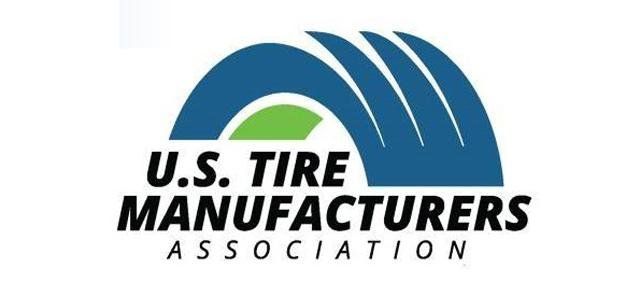
Name of the Organization *
TIN *
City *
9000 OtherLicense *
I agree to process personal data *
I agree with the policy of processing personal data *
Phone
My company is recycling used tires. How can I declare myself to EcoShinUnion?
Fill out the form on our website. Our employee will contact you within 1-2 business days and provide the necessary advice.
How does EcoTyreSoyuz interact with tire processors?
Every year, EcoTireSoyuz holds a competition among used tire recyclers in order to place volumes to meet the standards for recycling waste from used tires. Each recycler known to us individually receives a notification about the start of the competition (read how to declare yourself to EcoTireUnion if you are a tire recycler, read here).
During the competition, we carry out a thorough check of the constituent, accounting and environmental documentation received from processors, in accordance with the Rules for the competitive selection approved by EcoTyreUnion. According to the results of the competition, tire processing companies are selected for cooperation, the documentation of which is provided in full and meets the requirements of the current legislation of the Russian Federation.
Benefits of cooperation with EcoTireUnion
EcoTireUnion was established by well-known international tire manufacturers and importers that have been operating in the Russian market for a long time — Bridgestone, Continental, Goodyear, Hankook, Michelin, Nokian Tires, Yokohama — and is currently the largest association in the field of tire recycling and cooperation with key Russian processing enterprises.
The Association actively stimulates the development of existing respectable tire processors, paying for their services for the disposal of used tire waste in the amounts determined by the standards approved by the Government of the Russian Federation, creating a constant, growing from year to year, solvent demand for their services.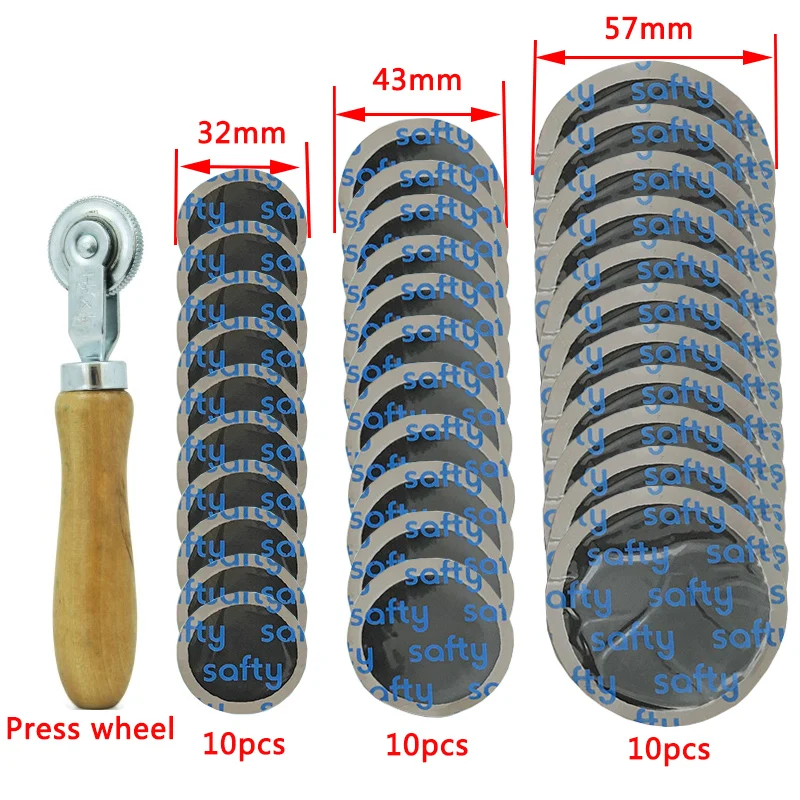
Along with the unconditional financial and organizational benefits of cooperation with EcoTireUnion, we offer recyclers to become part of a whole system for recycling and handling used tires, a transparent system for collecting, transporting and recycling tires, a system that, with a conscious approach from all involved parties, is designed to improve the ecology of our country!
What companies does EcoTireSoyuz work with?
EcoTireSoyuz is an association of major tire manufacturers and importers that works with dozens of recycling companies across the country. Recyclers often ask us how to become a member of the EcoTireUnion, but only manufacturers and importers have this opportunity. And recyclers are our reliable assistants in the performance of extended responsibility. Not every company can become a partner of EcoTireUnion. To do this, you need to have a license and operating equipment for disposal, strictly comply with the requirements of the legislation of the Russian Federation and pass a competitive selection.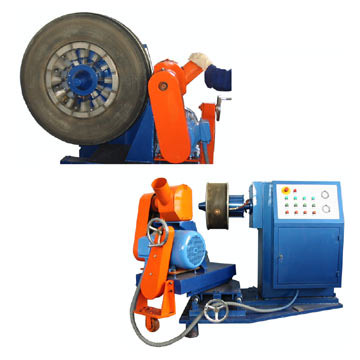
Where to donate old tires?
The existing waste tire collection points, from which they will definitely be sent for recycling to our reliable recycling partners, are marked on the EcoTyreUnion map. We have been working on building an all-Russian collection system for more than 5 years, much has been done, but much remains to be done. If you have not found a collection point in your region, follow the news on our website and VKontakte - new collection points appear regularly.
Why am I not paid for recycling tires?
Mainly because it is not profitable. Relatively few raw materials for recycling can be obtained from passenger tires and it is more difficult to separate them: due to the large part of the impurities in the composition, several purification steps are required. Therefore, without external support, it is much more profitable for recyclers to recycle truck tires. In order to collect cars from citizens, investments are needed in logistics, storage at collection points, notification and informing the population, as well as coordination with the authorities. And all the efforts for the sake of tires, which in the end will give much less raw materials than trucks. Therefore, the collection of car tires for recyclers is a social project that not everyone can afford. EcoTireSoyuz organizationally and financially supports the initiatives of recycling partners to create special tire collection points, and also serves as the initiator of their appearance throughout the country.
And all the efforts for the sake of tires, which in the end will give much less raw materials than trucks. Therefore, the collection of car tires for recyclers is a social project that not everyone can afford. EcoTireSoyuz organizationally and financially supports the initiatives of recycling partners to create special tire collection points, and also serves as the initiator of their appearance throughout the country.
How dangerous are crumb rubber coatings, because used tires are waste of hazard class 4?
Not dangerous at all! First, all metals are removed from tires during recycling. Secondly, the coating is laid on a special base - concrete or asphalt, and does not come into contact with the soil - this eliminates pollution. Thirdly, the coatings have a certain service life, after which they are dismantled and again sent for recycling. More details are here.
How many used tires are there in Russia?
According to EcoTireUnion, about 800,000 tons of waste tires are produced in Russia annually.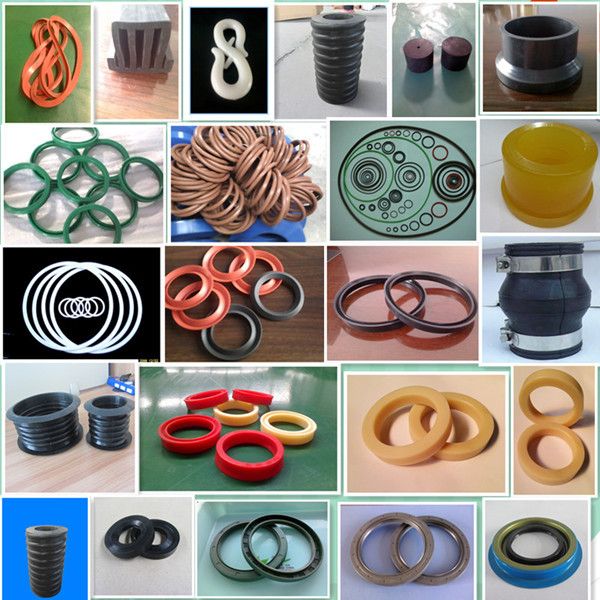 And the volumes accumulated to date are approximately equal to 12.5 million tons.
And the volumes accumulated to date are approximately equal to 12.5 million tons.
Association of Tire Manufacturers and Importers for independent enforcement of waste disposal standards from the use of tires and rubber products "EcoTireSoyuz"
OGRN 1177700002743
TIN 9705087832 Checkpoint 770501001
Address: 109 544, Moscow, Entuziastov blvd., 2
Phone: 8 (495) 740-25-15
Phone: +7 (925) 354 01 51
Email: [email protected]
Do you have any questions? Write to us in group
Several tire companies left the Russian market: German Continental (production in the Kaluga region), French Michelin (production in the Moscow region) and others
Photo: pixabay.com
Over the past couple of weeks, several tire companies have left the Russian market at once. The German company Continental (production in the Kaluga region), the French concern Michelin (production in the Moscow region), the Japanese company Bridgestone (production in the Ulyanovsk region), the Japanese company Yokohama (production in the Lipetsk region) have suspended the work of factories in Russia. The Italian concern Pirelli also announced the suspension of investments. Only the plant of the Finnish company Nokian Tires remained in the country from foreign investors.
The German company Continental (production in the Kaluga region), the French concern Michelin (production in the Moscow region), the Japanese company Bridgestone (production in the Ulyanovsk region), the Japanese company Yokohama (production in the Lipetsk region) have suspended the work of factories in Russia. The Italian concern Pirelli also announced the suspension of investments. Only the plant of the Finnish company Nokian Tires remained in the country from foreign investors.
A source from Tatar-inform (a chain of truck tire shops) states that the market has not yet recovered from the pandemic. This is confirmed by the Tire Manufacturers Association.
“In 2021, the market only partially recovered the losses of the first year of the pandemic, when the lockdown and regional restrictions fell just in time for the seasonal peaks in sales in the tire market in spring and autumn,” says Nadezhda Churmeeva, executive director of the Tire Manufacturers Association. In connection with the departure of large foreign companies, this situation has become more complicated.
Two large Russian manufacturers continue to operate on the market - Yaroslavl Tire Plant and Nizhnekamskshina PJSC
Photo: official website of PJSC Nizhnekamskshina shinakama.tatneft.ru
Two large Russian manufacturers continue to operate on the market - Yaroslavl Tire Plant and Nizhnekamskshina PJSC (part of Tatneft PJSC). In addition, there are small companies in other regions - Nortek Altai Tire Plant, Voltyre-Prom JSC. Deliveries from the Belarusian Tire Plant also continue. Although this is not a Russian manufacturer, one can also rely on him in the current situation.
Supplies from the Belarusian Tire Plant continue - we can also hope for it in the current situation
Photo: © Mikhail Zakharov / Tatar-inform
According to Rosstat, in January-May 2021, the country produced 26.9 million tires, tires and rubber tubes, which is 26% higher than in 2020.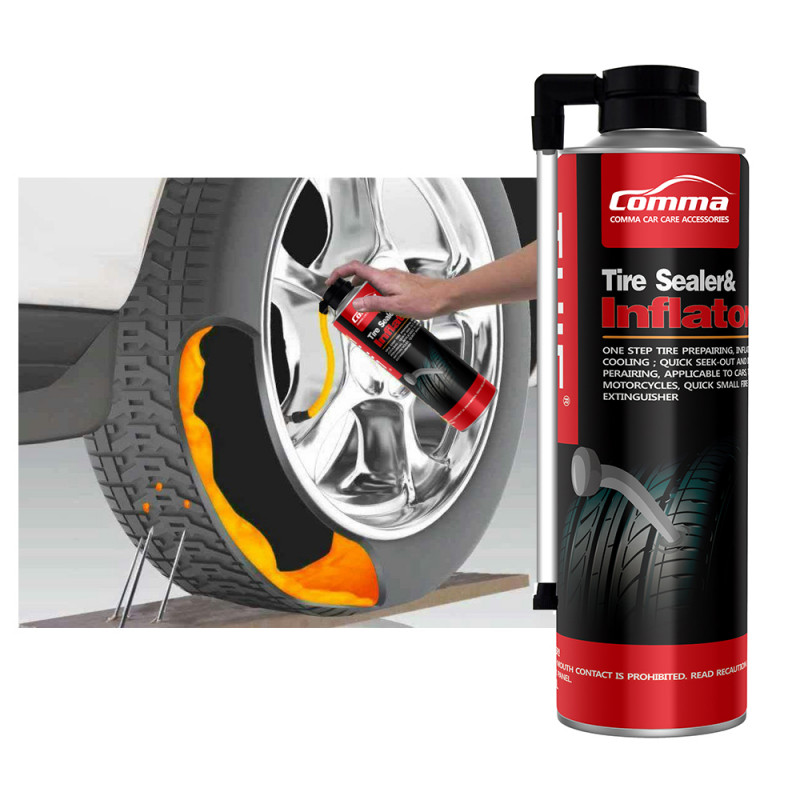 Also during this period, 19.2 million new tires and pneumatic tires for passenger cars were produced (+31%). Tires and pneumatic tires for buses, trolleybuses and trucks in January-May 2021 were produced 3 million units (+6.5%).
Also during this period, 19.2 million new tires and pneumatic tires for passenger cars were produced (+31%). Tires and pneumatic tires for buses, trolleybuses and trucks in January-May 2021 were produced 3 million units (+6.5%).
Thus, a manufacturer in Yaroslavl produces about 3 million tires a year. The Tatneft tire block Kama Tires produced 12.3 million units in 2021. Nortec - 1.9 million tires. The tire block of Tatneft was considered the market leader in 2019: the company occupied 19% of the market. There are no more recent figures for the market. According to some media reports, the Finnish Nokian Tires, which produces 18 million tires a year, is the market leader.
Most of the components for rubber compounds Nizhnekamskshina received from Western manufacturers, and now the task is to “remove all these issues” with the help of scientists
Photo: © Vladimir Vasiliev / Tatar-inform
If we talk about our Nizhnekamskshina, then the company received most of the components for rubber compounds from Western manufacturers, and now the task is to “remove all these issues” with the help of scientists.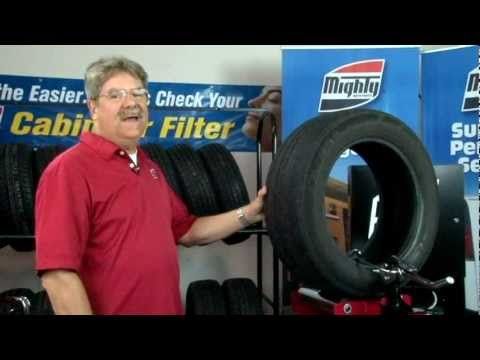 This was reported to our publication by the head of Tatneftekhiminvest-Holding Rafinat Yarullin. In turn, PJSC Tatneft denies any problems with tire production.
This was reported to our publication by the head of Tatneftekhiminvest-Holding Rafinat Yarullin. In turn, PJSC Tatneft denies any problems with tire production.
The main materials for the production of tires are rubber, which is made from natural and synthetic rubbers, and cord. Cord fabric can be made from metal threads (metal cord), polymeric and textile threads. Textile and polymer cords are used in passenger and light truck tires. A source in the market says that tire factories have problems with synthetic rubber and steel cord.
The main producers of synthetic rubbers are: Nizhnekamskneftekhim - 47%, Voronezhsintezkauchuk - 17.6%, Togliattikauchuk - 12.9%, Sintez-kauchuk, Sterlitamak - 8.9%, Omsky Kauchuk - 3.7%, Krasnoyarsk SK plant - 3.3%, Sterlitamak Petrochemical Plant - 3.2%, Efremov SK plant - 2, 8%, Kazan plant SK - 0.6%.
Tire factories, according to our source, have problems with synthetic rubber and steel cord. But rubber production in the country can be increased
But rubber production in the country can be increased
Photo: tatarstan.ru
According to Rosstat, the production of synthetic rubber in primary forms in January-May 2021 amounted to 724,261.08 tons, for the same period in 2020 - 616,223.38 tons. That is, production is growing, but, apparently, not yet in the proper volumes.
Nevertheless, Dmitry Baranov, a leading expert of Finam Management, says that there is no need to be afraid: rubber production in the country can be increased. In addition, supplies from other friendly countries can be arranged, so tire manufacturers are unlikely to experience interruptions in this raw material.
The source of our publication says that Russian car factories have already developed a need for the product.
Meanwhile, car tire prices have already risen by 10-30%
Photo: © Vladimir Vasiliev / Tatar-inform
“Earlier, it was impossible to get through to the Tonar plant (Moscow region), which produces trailers for dump trucks, in order to sell tires to them.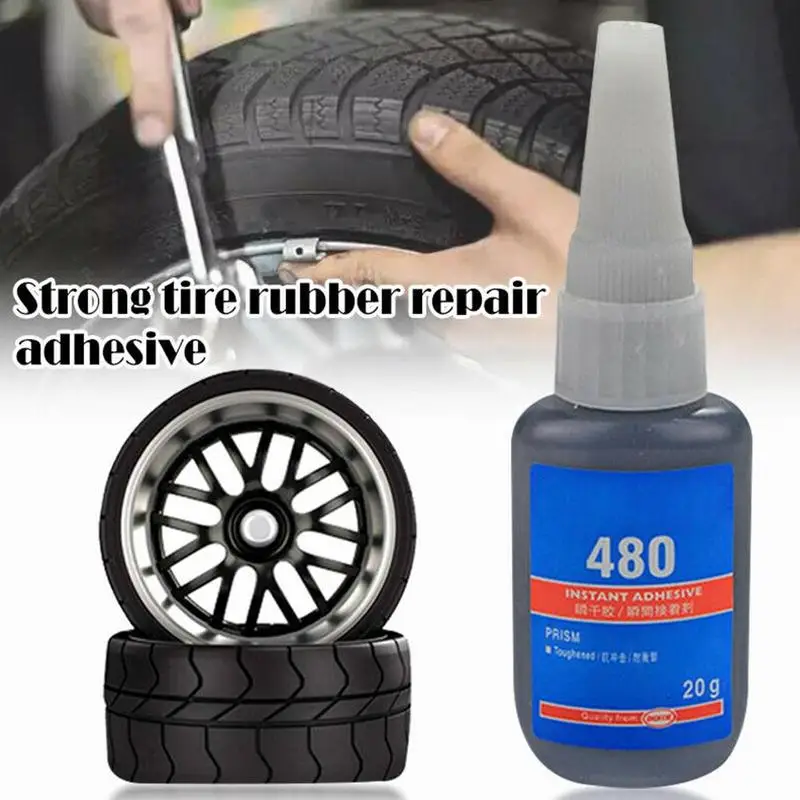 And now they're knocking on tire companies they don't even know. Because the plant cannot continue to work,” a market source notes.
And now they're knocking on tire companies they don't even know. Because the plant cannot continue to work,” a market source notes.
Meanwhile, passenger tire prices have already risen by 10-30%. Demand for the summer segment increased by 120%, for the winter segment - by 60%. Information on the cargo segment is not yet available. But it is known that the sellers themselves have already raised the cost by at least 2 times.
Finam Management's leading expert Dmitry Baranov says that a shortage of tires in Russia is unlikely for a number of reasons. Firstly, they are also produced in other countries, and supplies can be arranged from there.
There will likely be an increase in the segment of used tires, both due to their repair, and thanks to supplies from other countries
Photo: © Vladimir Vasiliev / Tatar-inform
“Secondly, there will probably be an increase in the segment of used tires, both due to their repair and restoration within the country, and thanks to supplies from other countries,” the analyst believes.